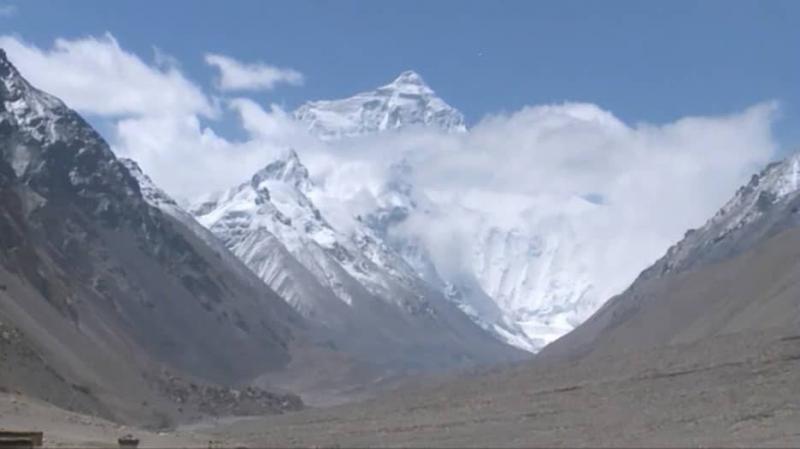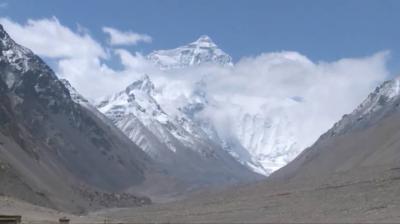The mystery surrounding one of the greatest secrets of climbing remains unsolved. Was Mount Everest indeed conquered for the first time in 1953, or did two climbers reach the summit first in 1924 before they mysteriously died? According to eyewitnesses, British climbers George Mallory and Andrew "Sandy" Irvine were last seen on June 8, 1924, approximately 240 meters below the summit, before disappearing into the clouds and never reappearing.
When Mallory's body was found in 1999, hopes were high to determine whether the duo had reached the peak. Surprisingly, the camera that the pair carried, which could have recorded their highest point reached, was not found with Mallory’s body, while Irvine's body has never been discovered.
Now, as the centenary of the men's disappearance approaches, one researcher believes he may have unraveled the greatest mystery in the world of mountaineering. By examining weather reports from the expedition, study author Graham Hoyland believes he has figured out what happened to the duo and whether they reached the summit before their deaths.
Hoyland, who is distantly related to another member of the expedition, has visited Mount Everest nine times in search of the climbers' remains. He thinks the key to the puzzle lies in air pressure. His relative, Howard Somerville, is another climber who came within 300 meters of the summit during the same expedition before having to turn back due to a lack of oxygen and was responsible for monitoring the weather during the trip.
Somerville's records, submitted after producing the official report on the 1924 journey, indicate that air pressure dropped between the morning of June 8 and June 9 at base camp, where he recorded readings. Somerville measured the air pressure in inches of mercury, which fell from 16.25 to 15.98 inches. Hoyland believes this figure corresponds to a drop in air pressure of about 10 millibars.
Weather-related fatalities on Mount Everest are generally linked to low air pressure at the summit. A decrease of just 4 millibars can lead to hypoxia. A 6-millibar drop in air pressure was enough to cause the 1996 disaster that trapped 20 people on the mountain, resulting in the deaths of 8 climbers.
Hoyland told CNN, "They were climbing during a severe storm – not just a snowstorm, but it was like a snow bomb." He has personally witnessed "snow bombs" on Mount Everest, describing them as "terrifying, as the temperature drops drastically, making you gasp for breath." Effectively, the drop in air pressure meant the mountain suddenly felt about 200 meters higher. Hoyland refers to this as "the invisible death trap."
The duo was indeed climbing despite the odds. Mallory wrote to his wife that he assessed his chances of reaching the summit as 50 to one, while Hoyland believes the odds were more like 20 to one, as the pair had no idea of the danger looming ahead.
Moreover, the snowstorm not only caused a drop in air pressure but the duo was also wearing layers of silk, cotton, and wool. Hoyland, who had similar fitted clothing during a trip to Mount Everest, noted that the clothing was exceptionally comfortable but did not provide the necessary warmth to survive a snowstorm or overnight.
Previously, there was speculation that the duo may have reached the summit before dying on their descent, which Hoyland calls "wishful thinking." He added: "I have tried to prove for years that Mallory climbed Mount Everest; I wanted to prove that I was the 16th Briton to summit it, not the 15th. But unfortunately, when you read the facts and they are different, you have to change your opinion."
Until Hoyland's study, no one had closely examined the weather reports, which were kept at the Royal Geographical Society in London. The summit of Mount Everest was achieved by New Zealand climber Edmund Hillary in 1953, which remains the first documented ascent.




